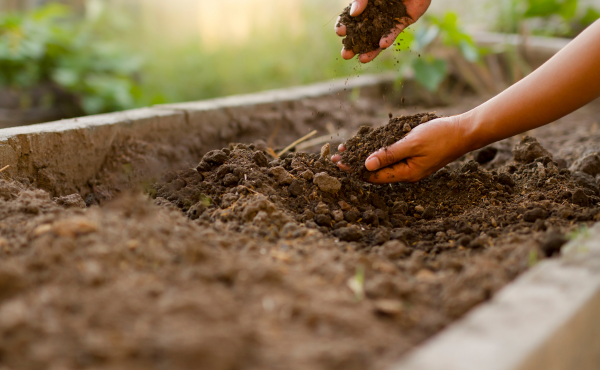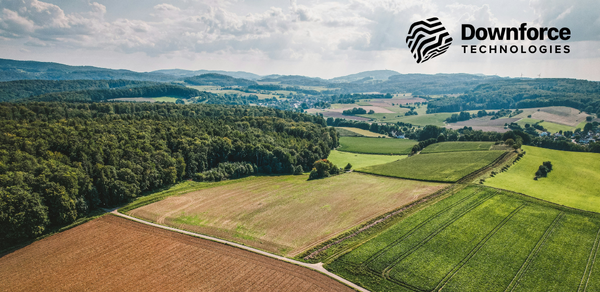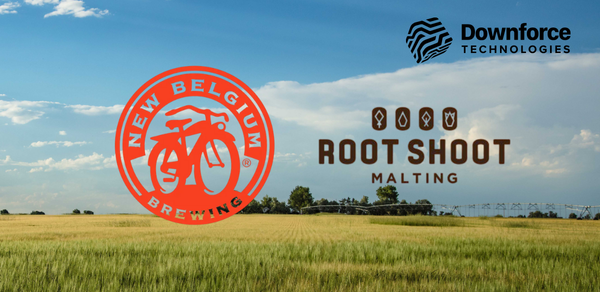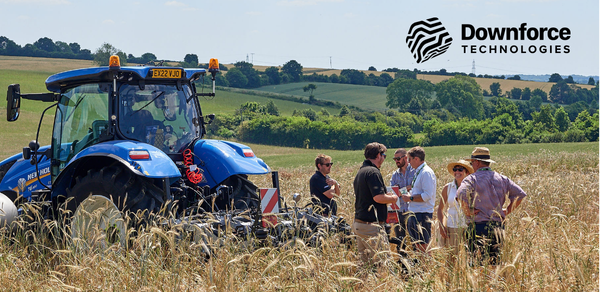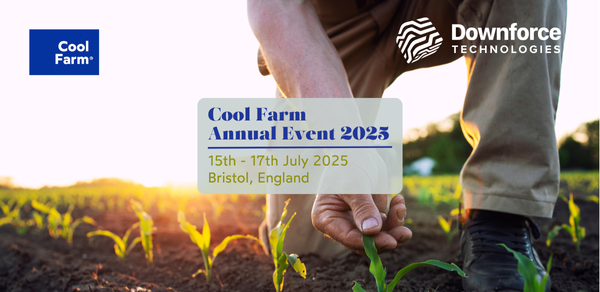Moving from Experimentation to Business Value: Cutting-Edge Soil Assessment for Carbon Sequestration and Land Sustainability
Oct-14-2024
Moving from Experimentation to Business Value: Cutting-Edge Soil Assessment for Carbon Sequestration and Land Sustainability
The hardest part of any technological development isn’t ideation or experimentation. It’s moving from experimentation to real business value. With the climate crisis continuing to be at the forefront of the global agenda, governments and businesses are rightly looking at how they can practically reduce emissions and progress toward their sustainability goals.
After dedicating her career to incorporating real-world evidence into the design of policies and actions, Jacqueline McGlade, founder, and Chief Scientist at Downforce Technologies; saw an opportunity to do much more to solve the world's most critical challenges by deploying the publicly available data already at our fingertips.
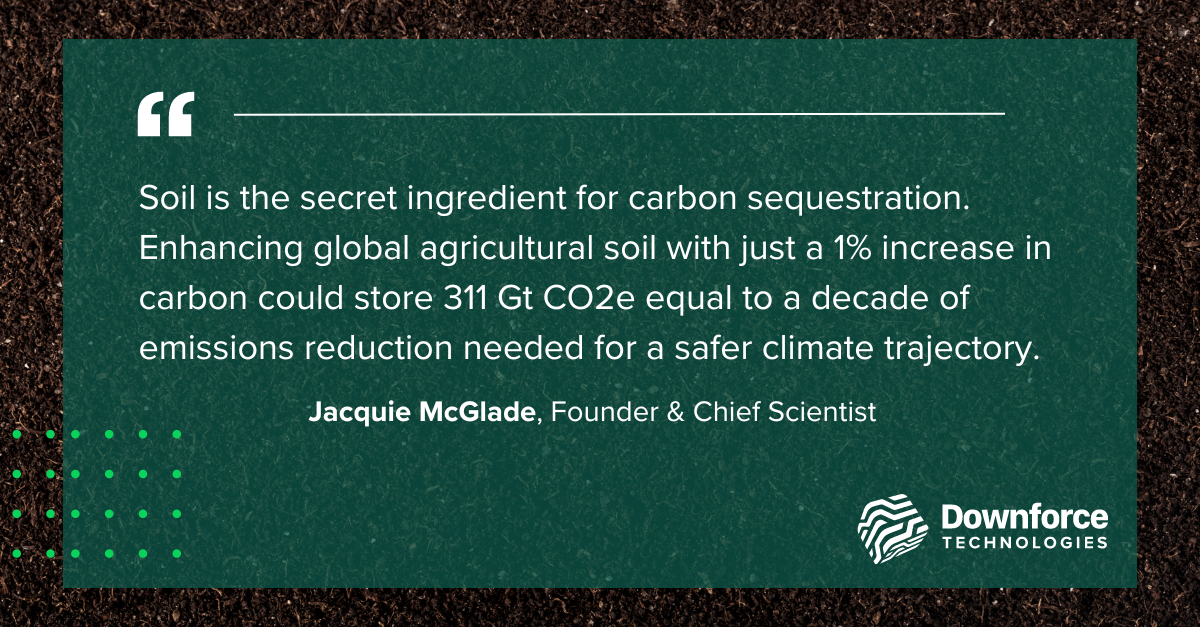
"Soil is the secret ingredient for carbon sequestration,” says McGlade. "Enhancing global agricultural soil with just a 1% increase in carbon could store 311 Gt CO2e equal to a decade of emissions reduction needed for a safer climate trajectory.”
The Intricate World Beneath Our Feet: Unveiling the Complexities of Soil
Soil is not just a static medium but a dynamic, living ecosystem with diverse components across time and space. It comprises mineral and organic elements, with the organic part mainly found in the upper layers. The interplay of particles like sand, silt, and clay influences soil behaviour under different conditions. Soil hosts various organisms and plays a crucial role in carbon storage and nutrient cycling, highlighting the importance of understanding soil systems for sustainable farming practices.
The Downforce Approach
Downforce Technologies utilises a comprehensive approach to assess soil organic carbon (SOC) levels, incorporating historical soil sampling data, more than 20 data layers related to soil-affecting factors, and earth observation data from the European Space Agency Sentinel satellite missions. By updating this information every ten days, we generate long-term SOC data for each 10m x 10m land section, considering soil type, parent material, texture, elevation, topography, weather, and carbon levels. This approach evens out sampling biases, sets a baseline for land, and provides trend data for effective carbon sequestration interventions, empowering farmers to manage their land sustainably.
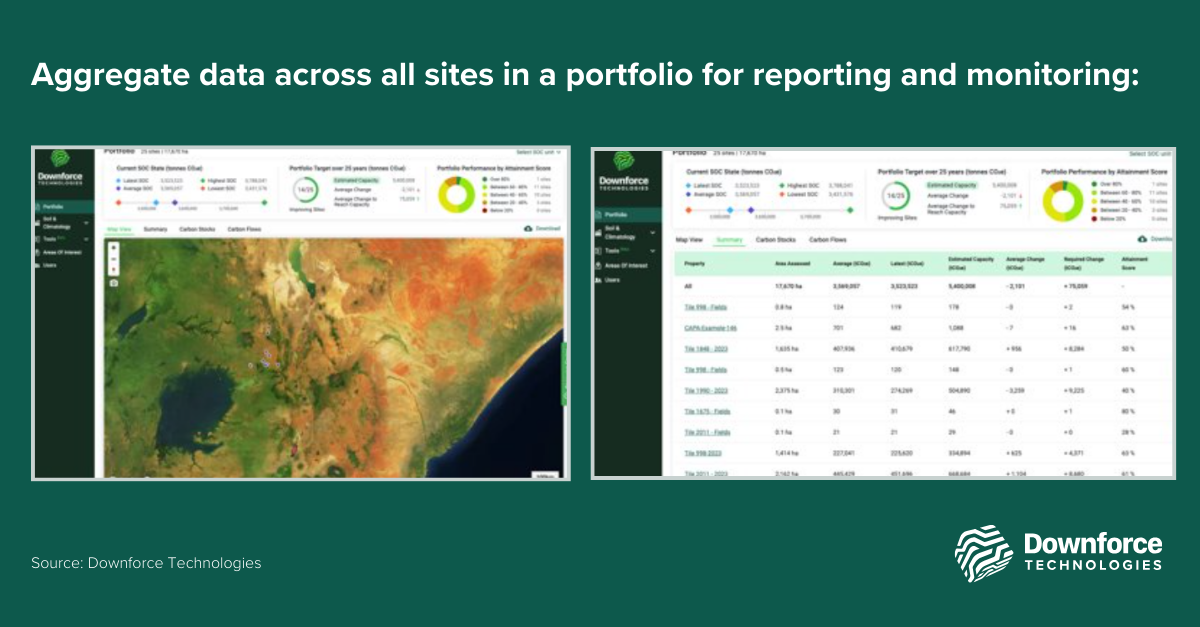
Downforce uses data from 2017 that includes geophysical, ecological, and verified data from local, state & national services
Beyond Baseline
Moreover, Downforce's outcomes-based analytics provide clear insights into the impact of different land management practices on carbon sequestration and soil restoration. This empowers organizations, land stewards, and governments to make informed decisions and implement sustainable practices that align with their sustainability goals and commitments.
For more information on how to get started with soil carbon measurement and reporting, contact us.
Back To News
